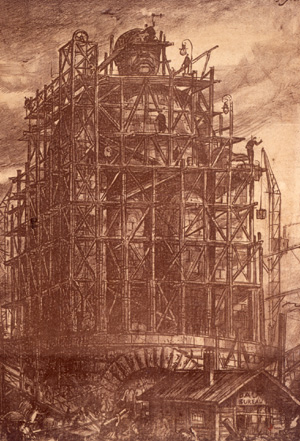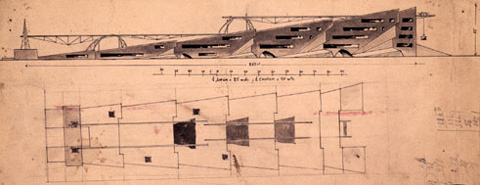SOURCE http://www.worldarchitecturenews.com
HOK International has won the design for a new terminal and piers at Indira Gandhi International Airport, Delhi. The new scheme will create a world-class, high-tech airport with capacity increased from 15 million to 37 million passengers per annum. The airport is being designed with an ultimate capacity of 100 million passengers per annum. The 450 000 m² scheme includes the redevelopment of the existing international airport and the construction of the new Terminal 3 (T3). Work is start on-site in early 2007 with the project delivered in two phases over 39 months. The scheme allows the existing airport to remain fully operational during the construction process and completion is due to coincide with the Commonwealth Games in October 2010. T3 will have 55 new aircraft stands served by boarding bridges and 30 remote parking bays..P. Rao, CEO of Delhi International Airport Ltd expressed pride in the new certification, regarding Leadership in Energy and Environmental Design (LEED) as ‘one of the best known green building rating systems worldwide’. The project has various sustainable attributes, including large volumes of rain water harvesting systems and a supply of water from the nearby Sewage Treatment Plant for efficient landscaping.
 |
| Delhi Airport Night View |
 |
| Delhi Airport Arrivals |













